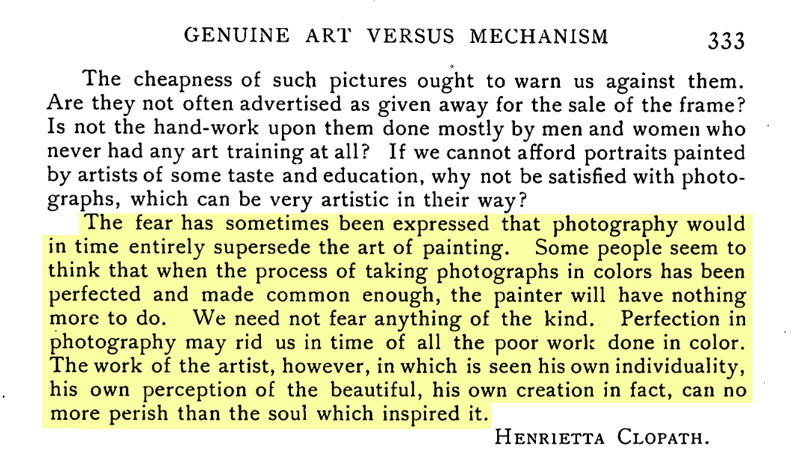18 Aug Digital art and A.I. – Oh, the humanity!
In this age, with so many technological advancements, it is essential to distinguish between digital Art and AI-generated artwork.
Admittedly, the distinction can be blurry at times, but it is worth discussing the topic generally. So here we go.
While AI-generated and human-generated digital Art both involve the use of technology, the key difference lies in the creative input and personal expression of human artists versus the algorithmic processing of artificial intelligence.
As stated, AI generation is algorithmic. It is based on computational analysis of existing artwork and the generation of new visuals through patterns and data. AI generation can also be used partially within human digital Art, which is the blurriness I alluded to.
Many people are concerned about AI in the art world for several reasons. One of the main concerns is that AI may devalue the skill and creativity of human artists. Some worry that the widespread use of AI could make it more challenging for human artists to make a living from their work.
To address these concerns, understanding the limitations of AI generation is essential. And so, let’s dive in:
It is often discussed that AI lacks the personal experiences, emotions, and unique perspectives that human artists bring to their artwork. This point has a lot to do with intentionality. Artists’ intentional choices, subtle nuances, and deliberate expressions are facets of human-driven conscious decision-making. These are drawn from unique perspectives expressing complex human ideas and emotions.
In contrast, AI can only produce Art based on existing patterns and styles, whereas human artists have the ability to think outside the box, experiment with new ideas, and create original artworks that push boundaries and spark innovation.
Call it the human touch: each artist has an individual and unique voice, not a conglomerate of all styles. Contrast this to the fingerprint of AI, a data-driven algorithm whose products feel idealistic, hollow, and cold.
Moreover, human artists possess a unique intuition and are apt at improvisation, which allows them to make spontaneous creative decisions. This can result in unique and unexpected outcomes.
The rise of AI will undoubtedly affect the art market. It will push the envelope, which will, in turn, push human artists as well. But this pushing will always be from behind. And so, AI generation will always be trailing because it retroactively incorporates human ingenuity into its algorithm.
Some AI artists may balk at this statement, and that’s fine. They need to find a way to accept that the will and spirit of humanity will always be at the forefront, always driving the narrative, and robots will always be in tow. And that isn’t a mean-spirited statement, there will always be a market for AI-generated Art.
In the same way, we have concerns over AI, over a hundred years ago, people had the same issue with Photography. Photography was a technology that developed in the early 1800s, and it took some decades to work the kinks out. Eventually, it was seen as a threat. The worry was that it would put painters out of business.
Here is a quote from artist Henrietta Clopath in an article from 1901: Brush and Pencil, Vol. 7, No.6, p. 333:

This quote has been used in other articles discussing AI, but those articles omitted the last three sentences. These are crucial additions to the message and tell us what instrument AI-generation plays in the future. And yes, AI can be used partially, just like any other tool in the artist’s toolbox, allowing the artist’s sincere intention to shine through. But much like Henrietta Clopath had alluded, artists will evolve in the face of AI, which will benefit the art world generally. And so the evolution goes on.
As an aside, human-painted Art is still valued much higher in the markets than Photography. So perhaps digital Art and AI-generated Art may see the same disparity in value. And that’s just fine.
And BTW, Christian’s art does not use AI generation.
~ CJ ~

